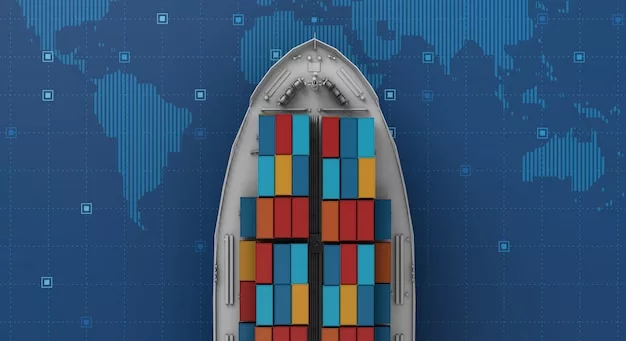With more than 20 years of experience in global supply chains, Tradeasia International provides the best solutions for distributing raw materials and industrial chemicals around the world. Accelerate your industry growth with the solutions provided by Tradeasia International right now.


